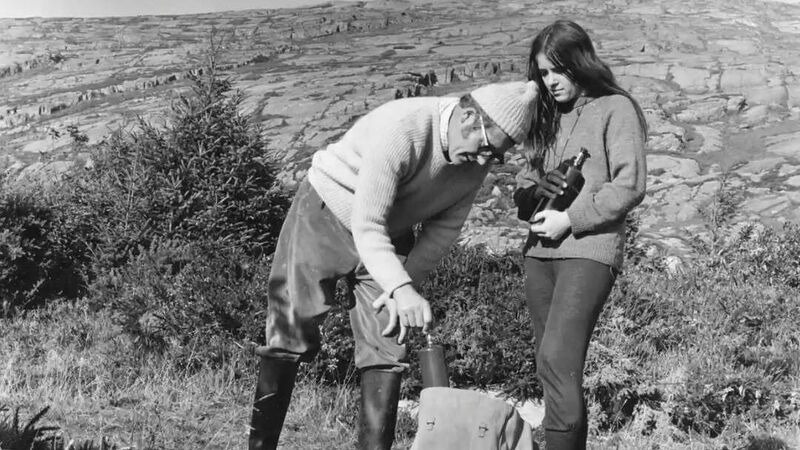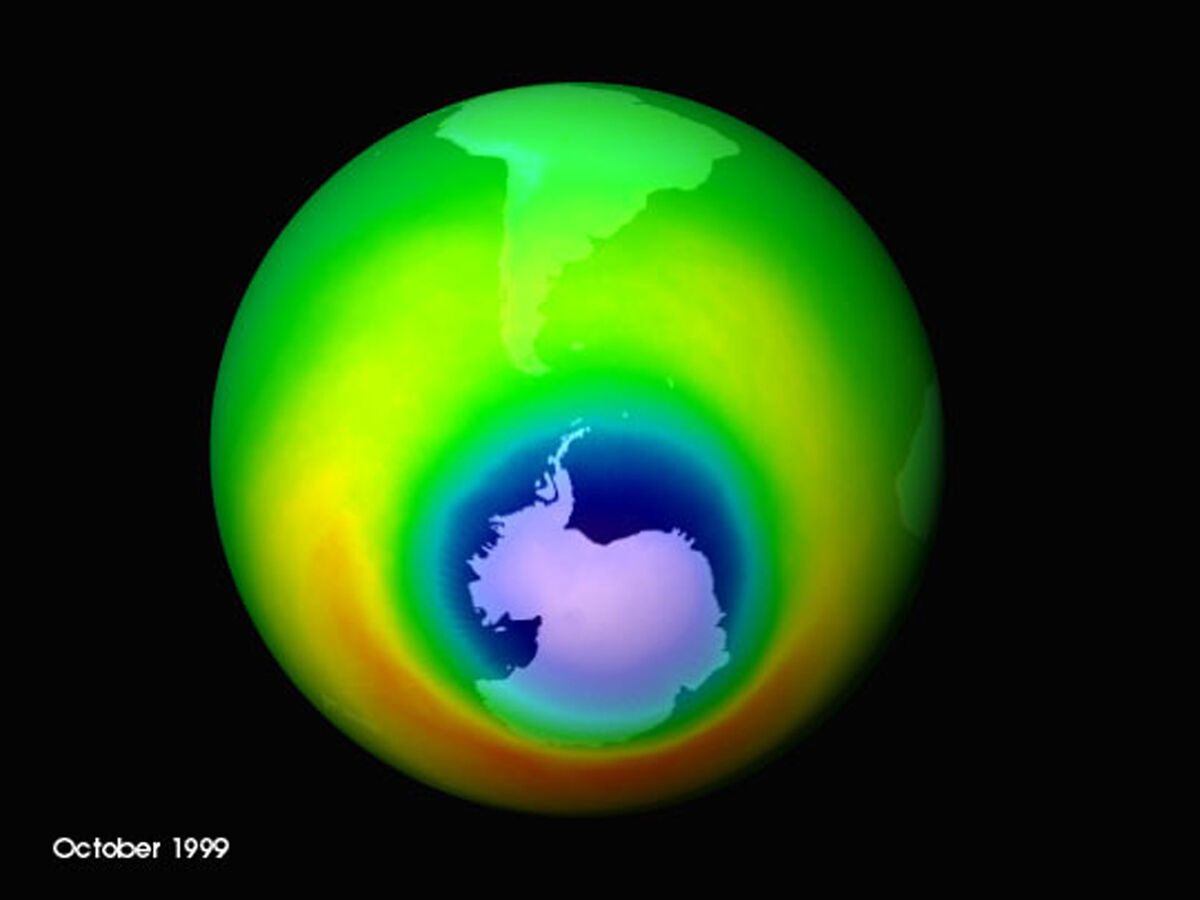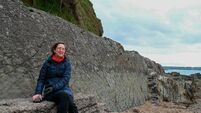Lovelock’s legacy to the Goddess of the Earth stemmed from West Cork

James Lovelock with his daughter, Christine, in 1969 collecting air samples in Adrigole, on the Beara Peninsula, Co Cork. Picture: Irish Examiner Archive
James Lovelock was my scientific hero. He was an inventor, one of Ireland’s earliest air pollution investigators, and also a climate change prophet.
However it’s likely you had never heard his name before he died this week, at the grand old age of 103.
Inspiration for many of his ideas came while staying at his holiday cottage in Adrigole on the Beara Peninsula.
It was there he would go for walks on the Bantry Bay coastline, and take in the smells of the sea air, and note the haze that was present sometimes.
We all might do those same walks, but the observations he made helped trigger with Lovelock a theory based upon the fundamental connections between the chemical and physical processes which cycle between Earth’s land, water, and air masses; in other words, the Gaia hypothesis.
To his mind, the balance between the cycles was crucial to the planet’s survival and that each component of the whole system would interact to ensure that survival. Just as we living human beings tend to want to live.
If we even had those thoughts on holiday, we would likely leave them down on the beach, but Lovelock set out to test his ideas experimentally by building an air quality monitoring laboratory in his holiday home.
So in Adrigole he collected samples of air, analysed their chemical contents back at the cottage, and checked when the local atmospheric haze was more visible or not there at all.
Of course, he was not always at his holiday home so he recruited his neighbour Michael O'Sullivan, the farmer who sold him the cottage, to do the monitoring while he was away.
The scientific idea was that when all measurements had been made then it should be possible to work out where the gases and vapours came from.
Was it from seaweed? Marine organisms? The water itself? Blown-in from other locations?
And, most importantly, what controlled the chemical contents and balance between the water, air, and land.
Written down like that it sounds easy. But it was not.
The main problem being that the vapour samples often only contained chemicals at part per trillion levels — that’s equivalent to detecting one marked water droplet in an Olympic-sized swimming pool.
The analyses showed that the samples contained certain chemical vapours from a natural origin (like seaweed) but some were man-made — the chlorofluorocarbons (CFCs) — indicating that they had travelled over great distances.

Several years before Lovelock had invented a detector that could pick up the signals from these inert compounds and had successfully used the device on a round trip on a ship travelling between Wales and Antarctica.
Other analytical instrumentation that was available in the late 1960s, when these studies began, simply could not quantify such low levels of CFCs.
CFCs had been created in the 1930s to be unreactive chemicals that could be safely used in household appliances like refrigerators and air conditioning.
Nobody thought then of the possible harm to us that could result from their inertness.
Most chemicals that float around in the air can be removed by reacting with other chemicals or are destroyed by sunlight or washed out by rain. But those molecules that are stable can move around (and between) the hemispheres for long periods of time.
Most importantly they can climb upwards to more than 20-25 km in altitude, where the ozone layer resides.
The early air measurements on ships, the monitoring at Adrigole and, later, at other Lovelock-type air monitoring stations based in remote places like Samoa and Tasmania showed that most of the CFCs released over the past 30 years had remained in the atmosphere and likely simply floated onwards and upwards: to Antarctica and the North.
Nobel prizes were won by a variety of scientists performing laboratory and field experiments over the next 20 years.
Their efforts determined what actually happened next with the CFCs once they had got to the ozone layer surrounding our planet.
These days, most people know that stratospheric ozone acts as a large-scale sun-tan filter for living organisms at the surface of the planet.
It was quickly recognised and shown in the 1970s and 1980s that CFCs once getting to the stratosphere about 20-25 km in altitude released reactive chlorine atoms.
That was because they were broken down by high energy sunlight. The released chlorine then reacted with ozone to destroy it irreversibly.
The predicted consequences were thought likely to be more skin cancers for animals and crop damage throughout the world.

Lovelock had a PhD in Medicine and fully appreciated the harm that humans could do to other humans.
Sometimes this could happen unknowingly like the CFC problem, but at least with that problem the world reacted relatively quickly and decisively to limit the sale and use of CFCs.
However, he also recognised sometimes we could harm ourselves knowingly; the prime example by becoming addicted to the burning of carbon-containing materials and thereby stoking up global warming.
He described our actions as like “lighting a fire to keep warm and failing to notice as we piled on more fuel that the fire was out of control and the furniture had ignited”.
And this led him to say in 2010 that: “Humans are too stupid to prevent climate change from radically impacting on our lives over the coming decades”.
He thought that it was all an inevitable consequence of us trying to irreversibly change the Gaian land-water-air balance, which allows us to survive, by burning fossil fuels and other carbon-containing materials.
However what would those naysayers say today when we hear about grubby deals in grubby political circles that have been set up to determine the amounts of greenhouse gases we can release in Ireland. Especially as we know it should be little or none. No matter the source.
Lovelock thought the answer to our energy deficit was the use of nuclear power stations to keep the lights on.
He had little time for what he called “Green lobbies” who fear threats to people rather than to the planet. Especially as we are entirely dependent on Earth’s well-being.
I can only imagine what he thought about the lack of debate in the Dáil about the future use of nuclear energy in the place he took his annual holiday in.
The Goddess of Earth will ensure her own survival, says the Gaia hypothesis, and we humans will be simply sneezed out like a cold virus from a patient with a high temperature if we’re not careful.
And we owe that deep perspective to the work and life of Jim Lovelock. RIP.
- John Sodeau is Professor Emeritus of Chemistry at UCC
CLIMATE & SUSTAINABILITY HUB
















